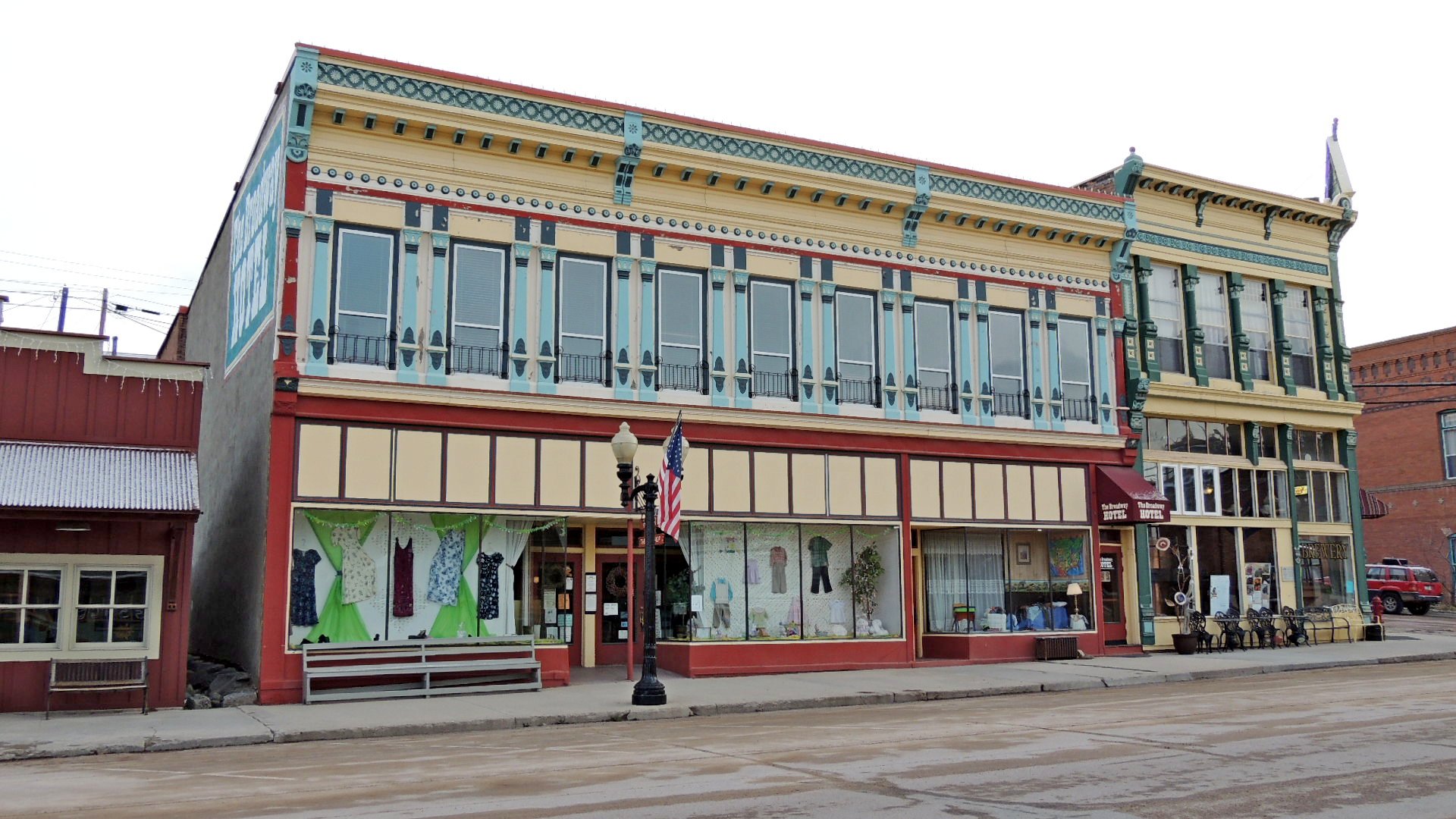|
 Philipsburg Historic District - Philipsburg, MT Posted by:  T0SHEA T0SHEA
N 46° 19.927 W 113° 17.648
12T E 323427 N 5133506
While it was copper that created Anaconda, down the road, silver was the metal that gave life to the town of Philipsburg. After the silver ran out, Philipsburg has managed to hang on through farming, forestry, tourism and a small amount of mining.
Waymark Code: WMNFAB
Location: Montana, United States
Date Posted: 03/04/2015
Views: 1
Philipsburg’s early-day fortunes ebbed and flowed with mining. Today, its historic district is one of Montana’s best preserved late-nineteenth-century mining towns, with commercial, public, and private buildings dating from the boom period of silver mining. Silver was discovered south of here in 1864, and only three years later Philipsburg (at an elevation of 5,270 feet) was growing at the “rate of one house per day,” an area newspaper reported. That same year, the St. Louis and Montana Company sent Philip Deideshimer (for whom the town was named) to Philipsburg to help develop and manage its mines and stamp mills. Only two years later, the nearby Hope Mill shut down and Philipsburg was largely deserted.
A revival of mining activities from the mid-1880s to mid-1890s led to Philipsburg’s greatest growth, when tens of millions of dollars worth of silver bullion, ore, and slag were shipped to out-of-state markets. The wooden, false-front buildings on Broadway were replaced with masonry structures. When silver mining was curtailed in 1893, recently discovered sapphire deposits helped stabilize the local economy. That year also saw the creation of Granite County, with Philipsburg as county seat.
During World War I, Philipsburg was the largest supplier of domestic manganese, which led to another boom for the area. After that boom, Philipsburg has slipped into a stable existence based on agriculture, government, logging, limited mining, and tourism.
From the NRHP Plaque

Philipsburg Historic District
Although placer gold drew the first prospectors to Philipsburg, it was the silver of Granite, four miles up the hill, and other nearby mines that made Philipsburg prominent. It is the primary community in one of the largest silver mining districts in the world.
County seat of Granite County, Philipsburg was settled in 1866 and laid out as a town in 1867 (incorporated 1890). The name honors Philip Deidesheimer, a mining engineer who was hired by Granite’s St. Louis and Montana Mining Company to manage their properties. He is credited
with inventing an important system of supports for mines known as square set timbering, and much of his career was spent in the rich Comstock Lode of Nevada. Today’s population (about 930) is a third of the peak 3,000, attained in the late 1880s. The Northern Pacific Railroad reached Philipsburg in 1887.
Philipsburg’s location out of the mountains and along the railway probably helped it prosper, or
at least not die, when boom-and-bust cycles impacted the nearby mines. Although silver was
predominant, Philipsburg also was able to benefit from a boom in manganese, produced at the
Algonquin and other mines during and after World War I. From 1900-1920, the Philipsburg
mines produced 40% of the manganese mined in the entire United States, and the population
climbed to about 1,700 by 1920. Today, Philipsburg is one of the best preserved late-19th century
mining towns in Montana, with a largely intact and in many cases unaltered built landscape.
From Vernacular Architecture of Montana Visit Instructions:
To post a visit log to this waymark you need to visit and write about the actual physical location. Any pictures you take at the location would be great, as well.
Recent Visits/Logs:
| There are no logs for this waymark yet. |
|
|
|
|